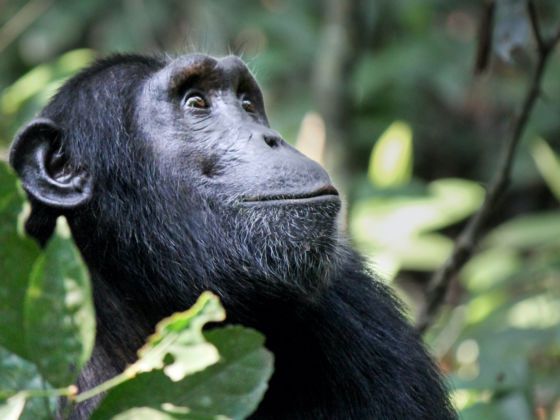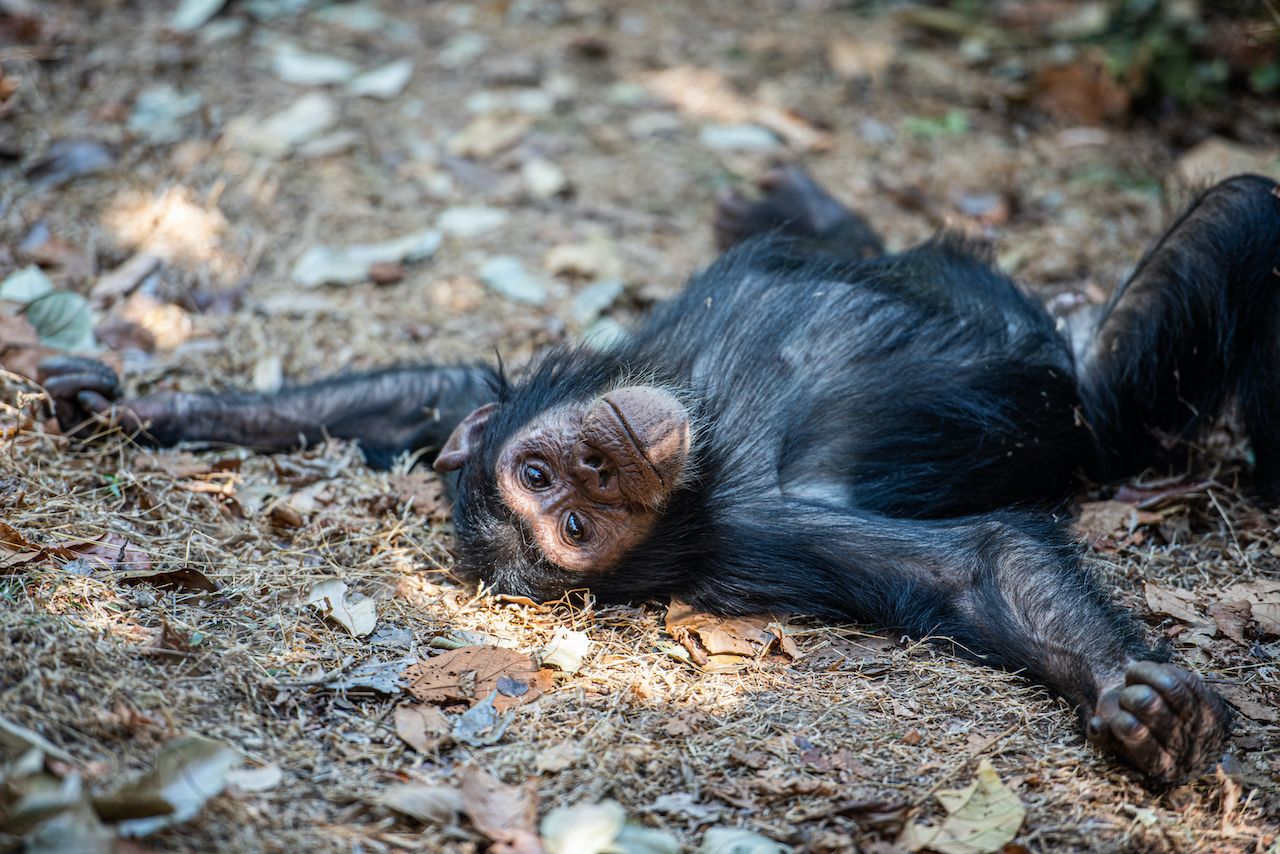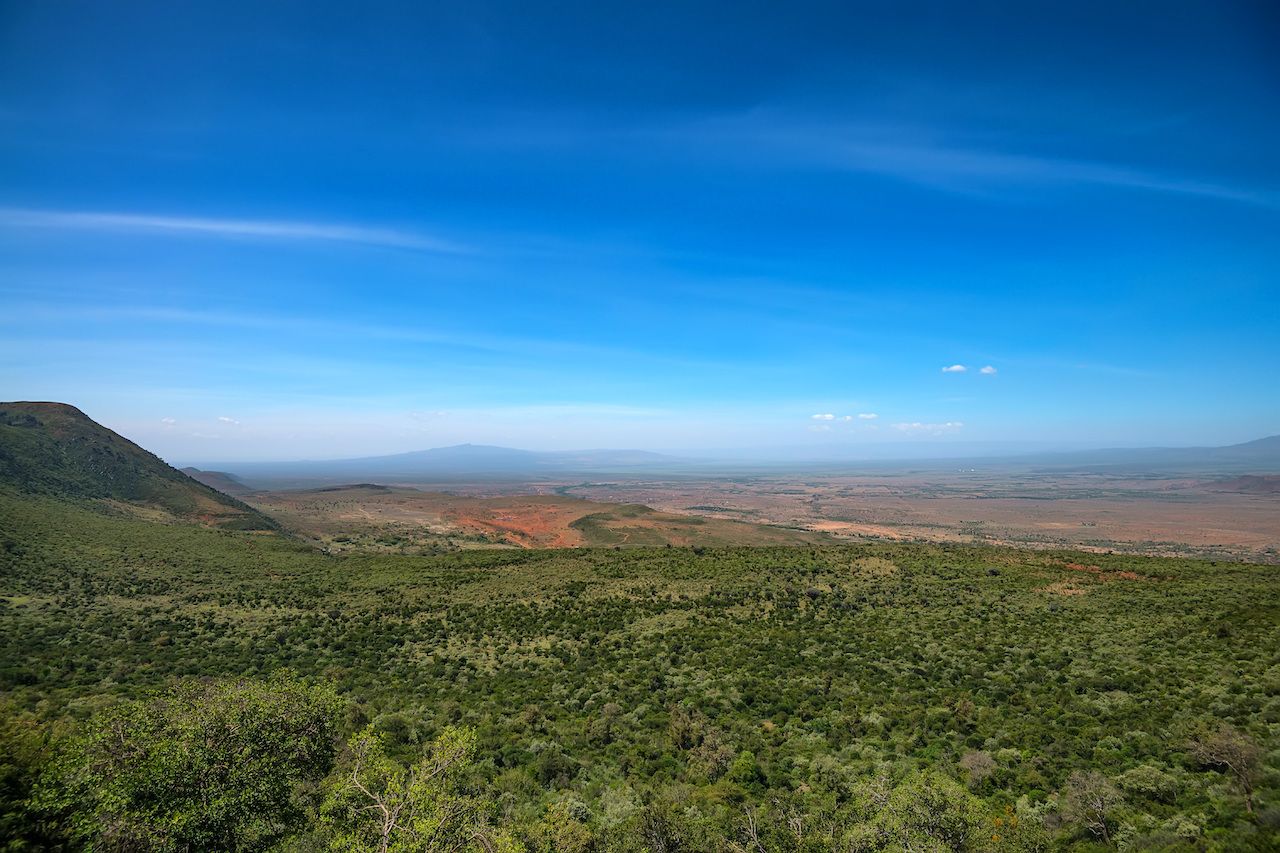When Jane Goodall first set foot in Tanzania’s Gombe Stream National Park, neither the park nor the country existed. Tanganyika had not yet gained independence from Great Britain, and the forest on the shores of Lake Tanganyika was then called Gombe Stream Game Reserve.
Goodall arrived in 1960 after accepting an invitation from paleoanthropologist Dr. Louis Leakey to assist him in studying chimpanzees. She was 26 years old and had no relevant degree but possessed a curiosity that Leakey thought could benefit his study. He was, undoubtedly, correct.



